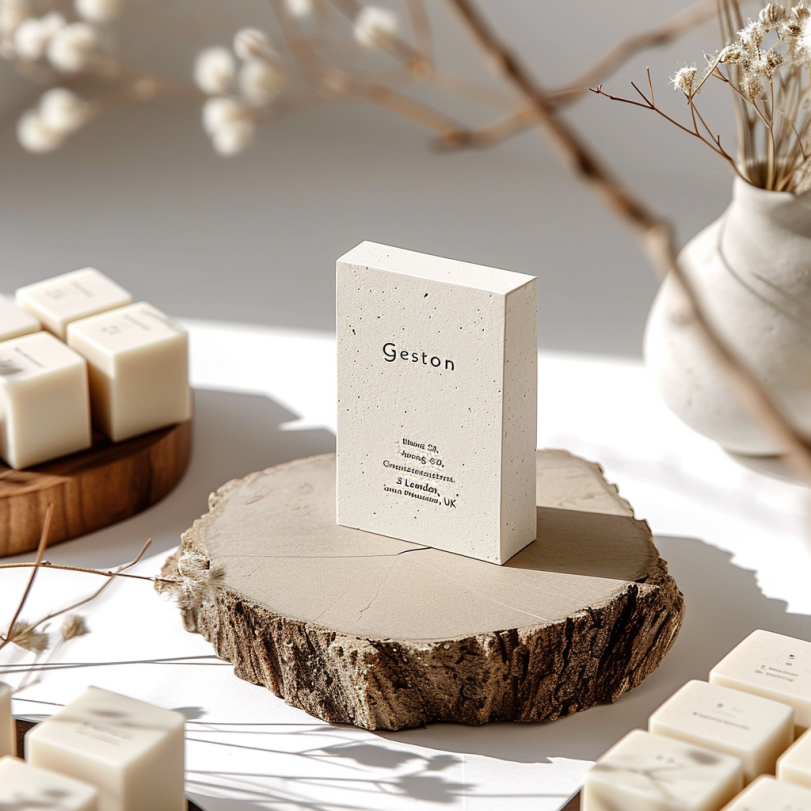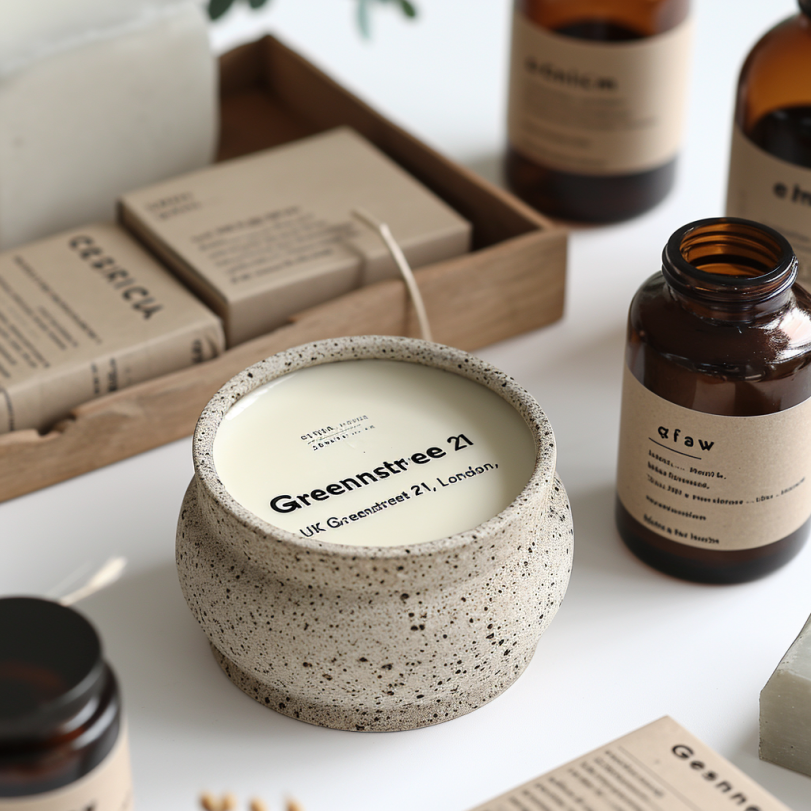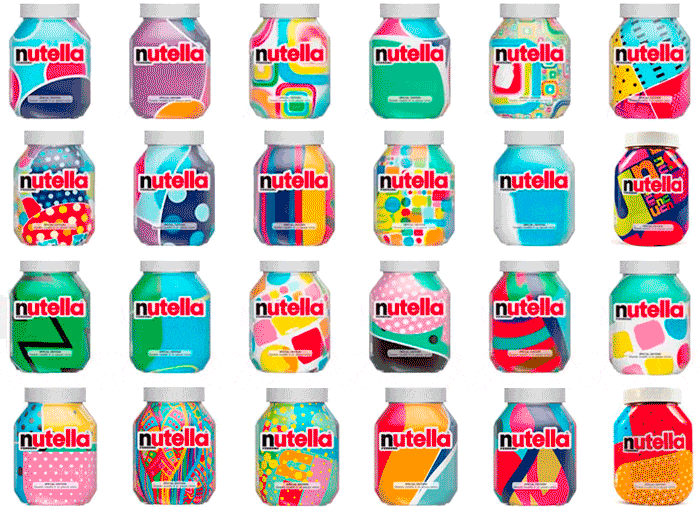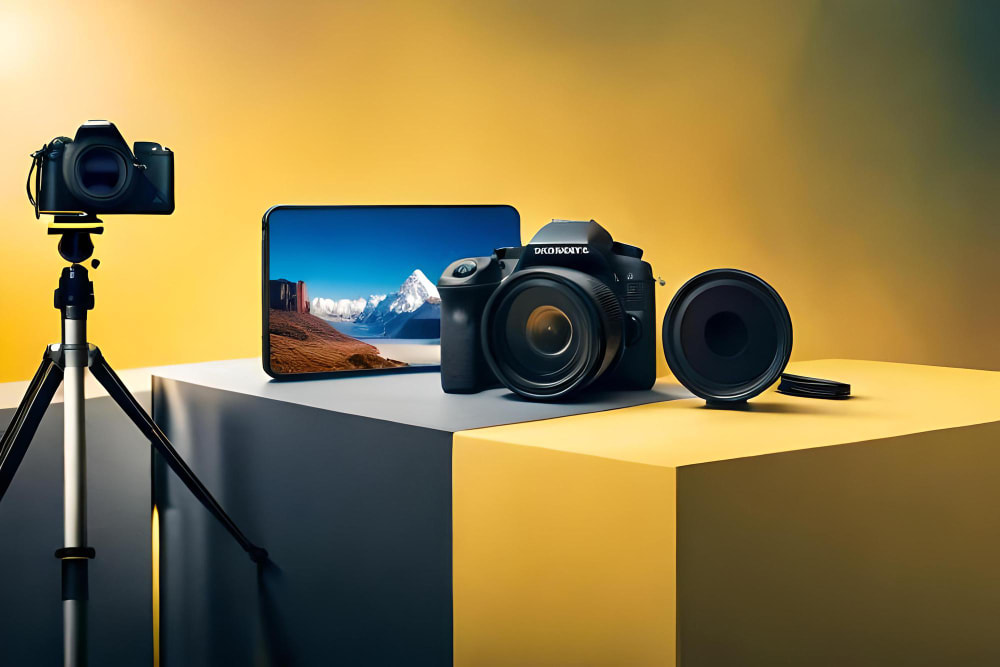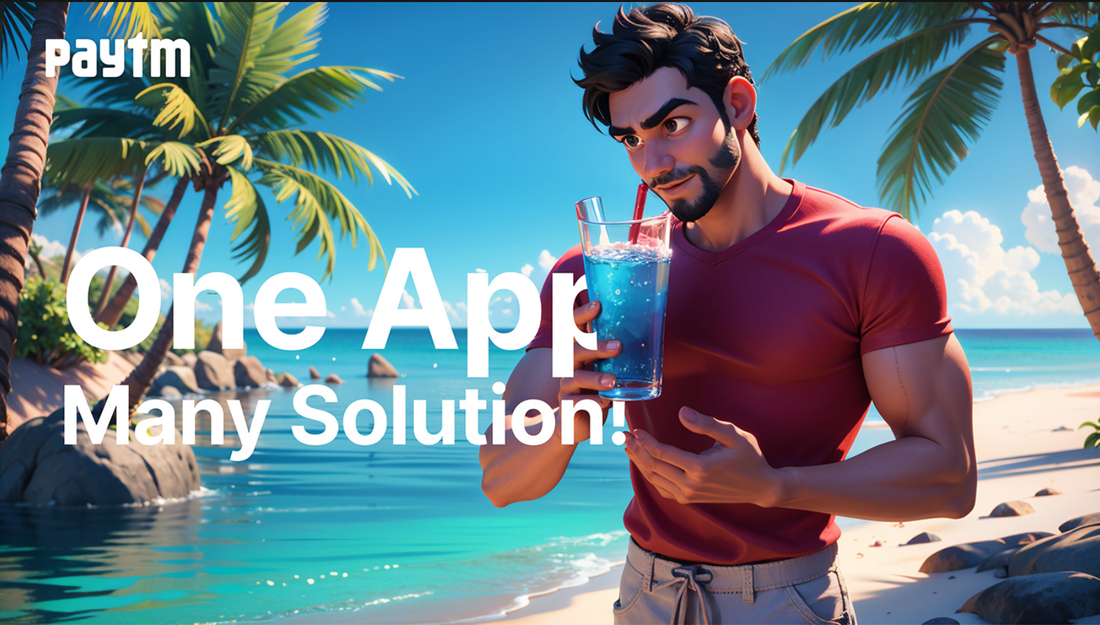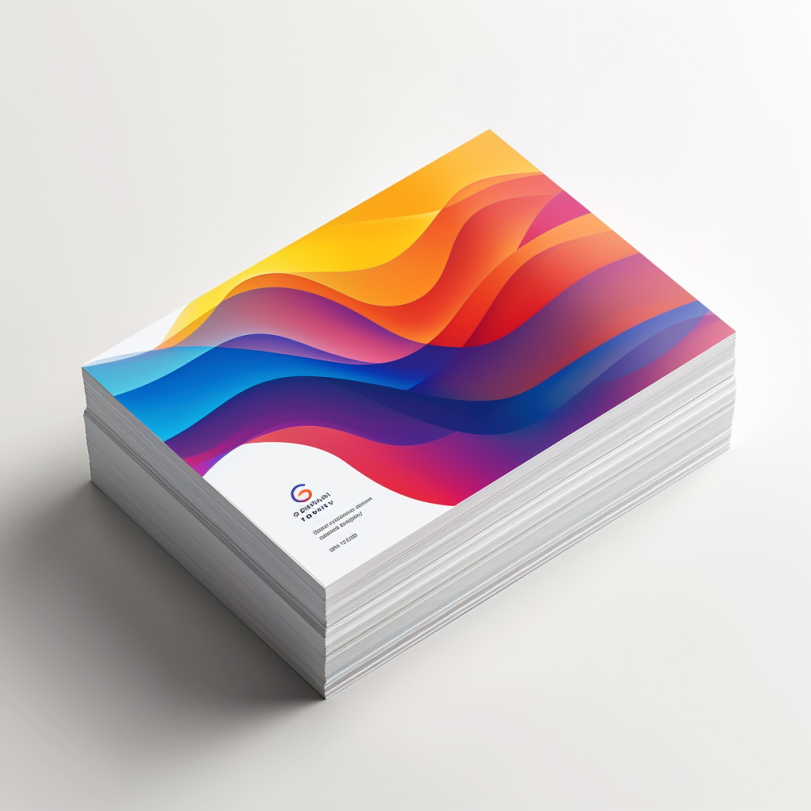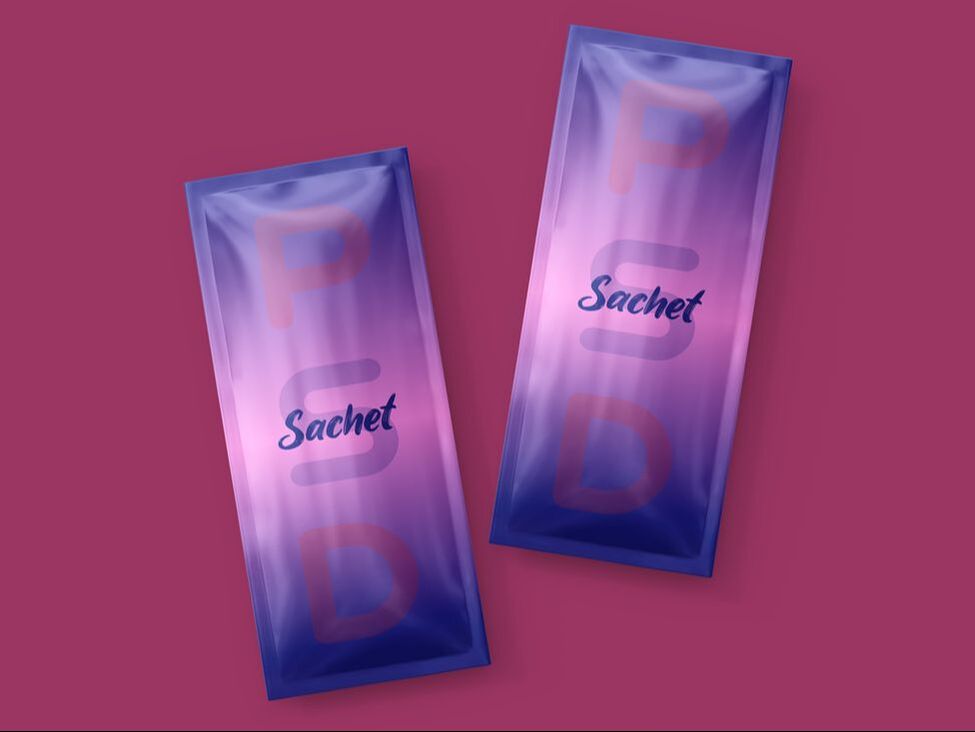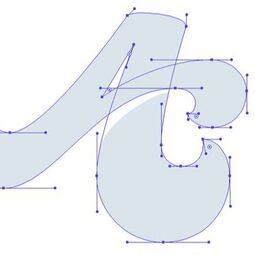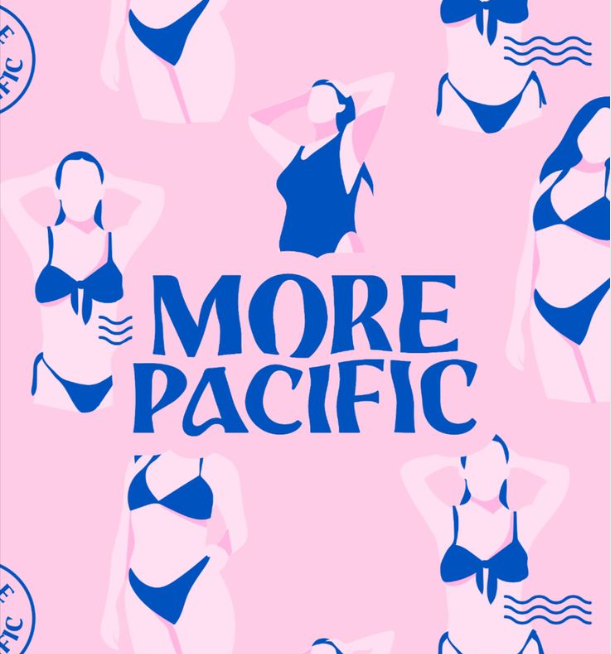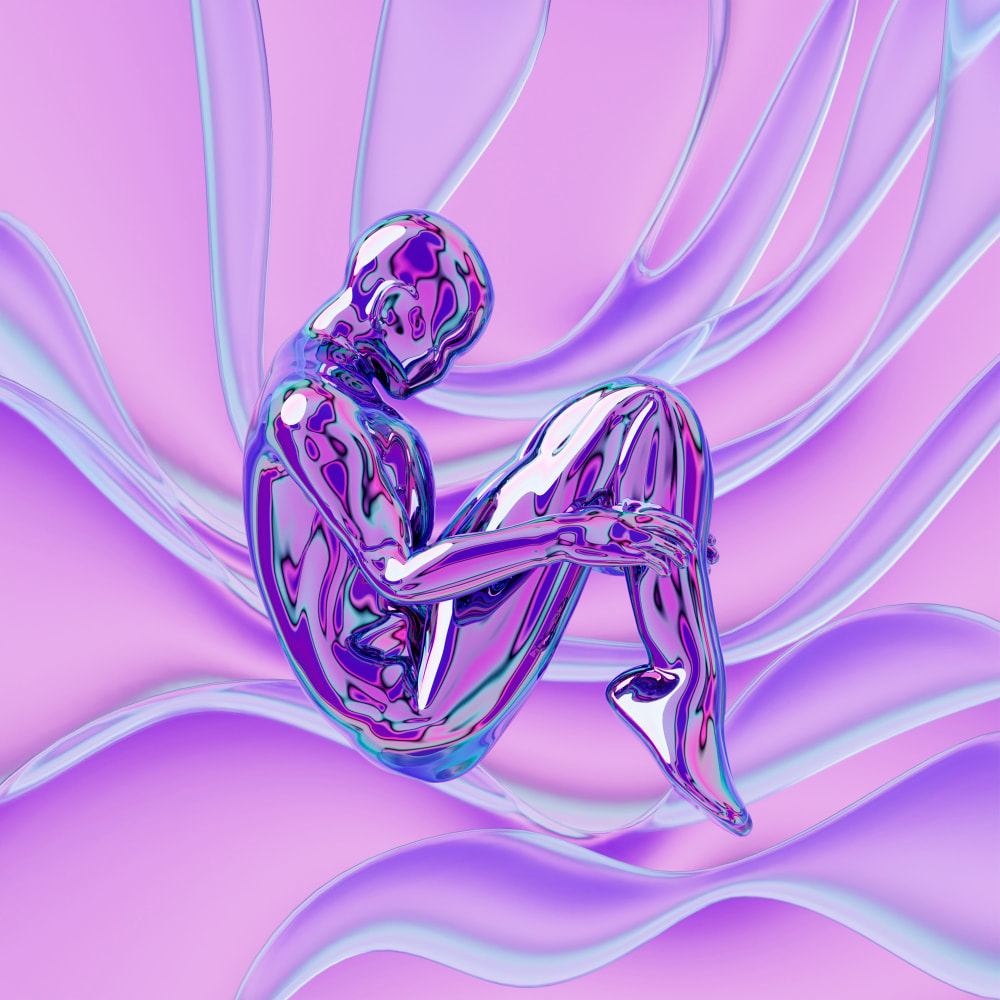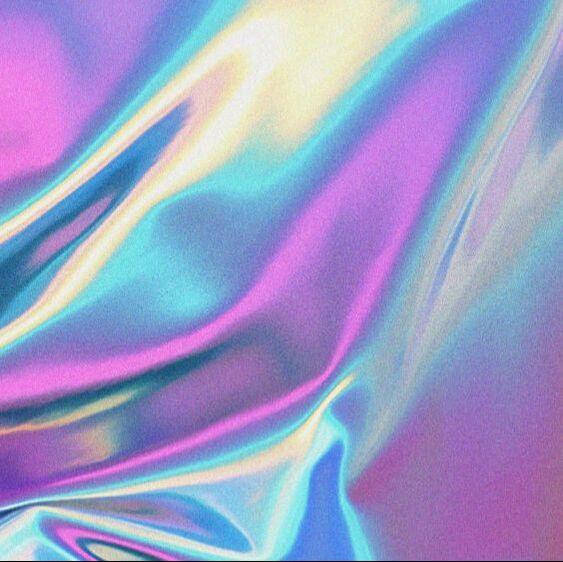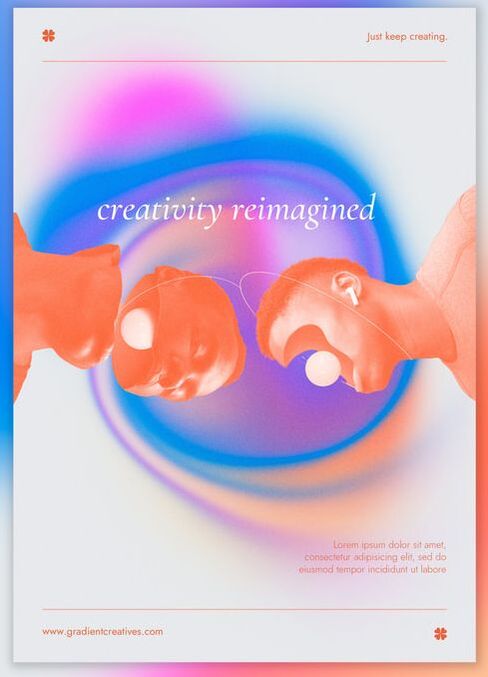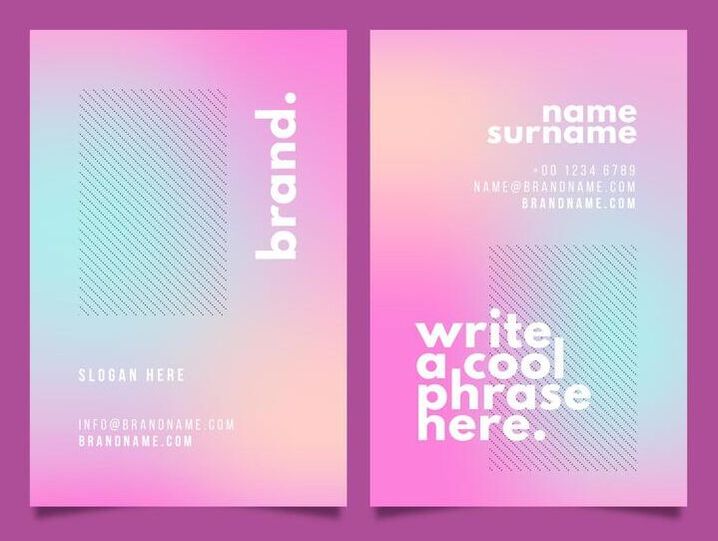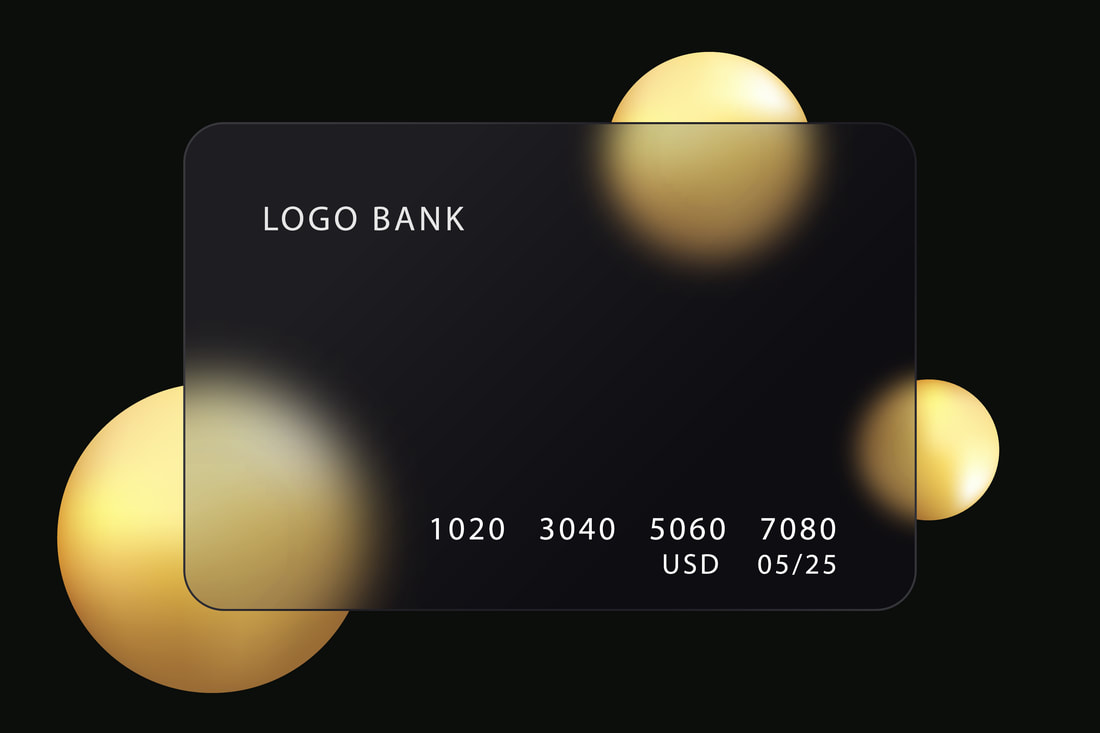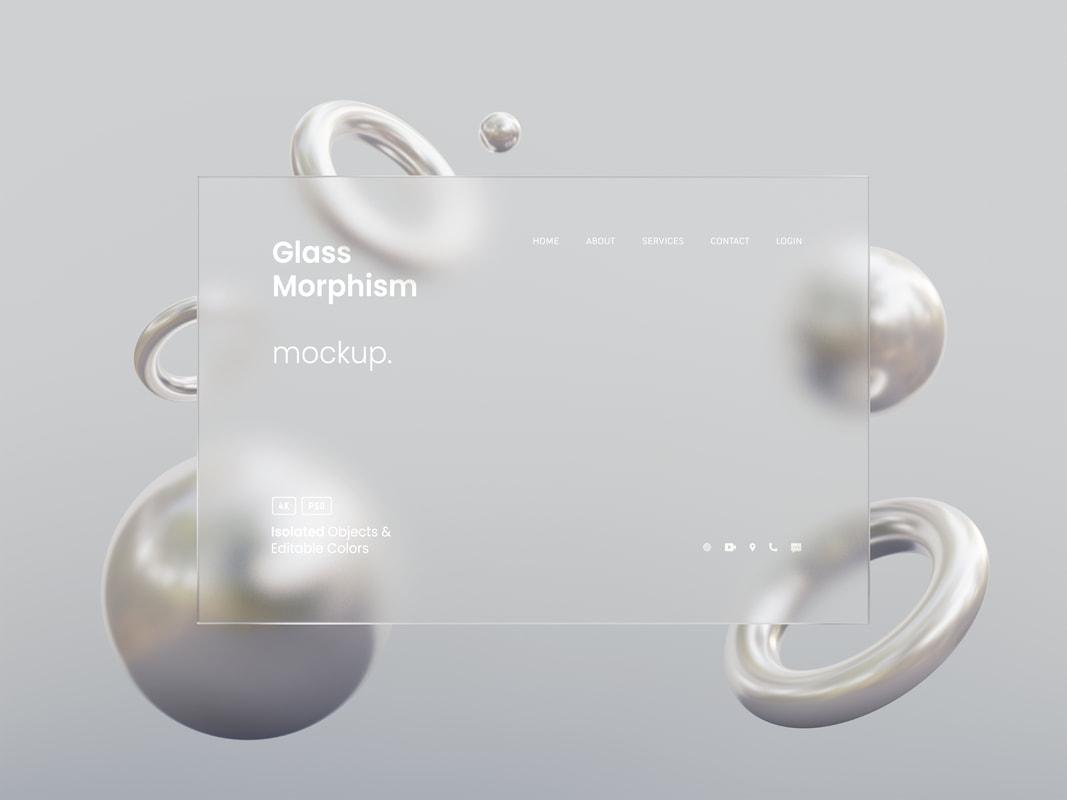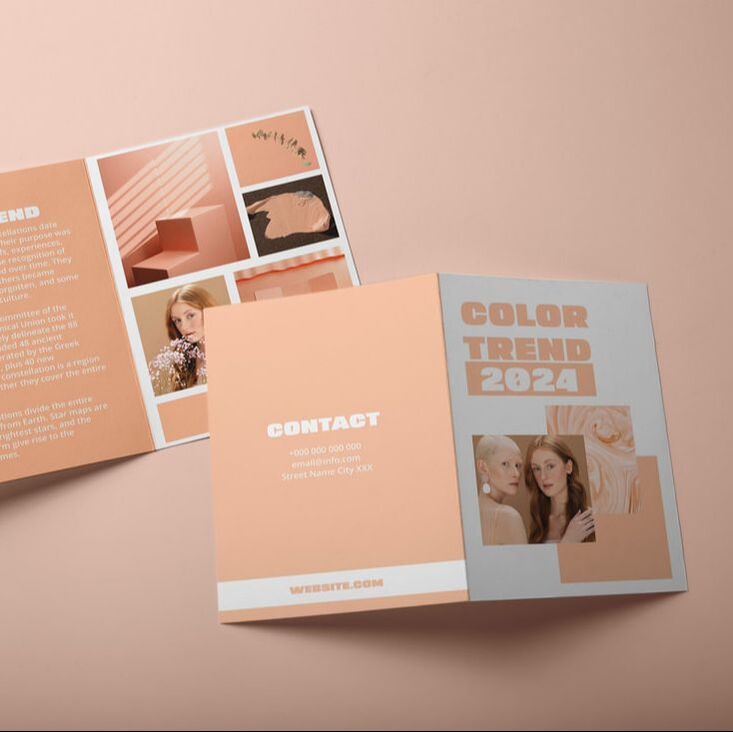1. Understand Your Brand IdentityBefore jumping into design concepts, thoroughly examine your brand’s identity. What are your core values, mission, and unique selling points (USPs)? Understanding these aspects will help you create a logo that resonates with your target audience. Whether you’re aiming for a modern, minimalist look or a bold, expressive design, aligning with your brand’s personality is key. 2. Simplicity is Key One of the golden rules in logo design is simplicity. A clean and uncluttered logo not only looks professional but also ensures instant recognition. Think of iconic logos like Apple or Nike – they're clean, straightforward, and instantly recognizable. Avoid overly complex designs that could dilute your brand message. Chanel, Airbnb, and Kate Spade are great examples of this principle. Their logos are chic, simple, and leave a lasting impression. Chanel's interlocking "C"s, Airbnb's Belo symbol, and Kate Spade's playful spade icon are all about timeless appeal. 3. RelevanceHow many times have you passed by a store or seen something online and had no idea what service they provide or product they sell? This is why the relevance of a logo is so important. Your logo should clearly reflect your business and industry, ensuring that customers can easily understand what your company is about. Your logo should speak volumes about your business at first glance. Whether you're in auto sales or any other industry, it doesn't have to be literal – just relevant. Use elements like fonts, colors, or symbols that resonate with your field to make an instant connection with your audience. Consider how an icon in your logo can symbolize an aspect of your company or its history. Take the Starbucks siren, for instance. It doesn't directly relate to coffee, but it represents the company's origins and story, creating a meaningful connection with its heritage. Making your logo relevant ensures that you avoid situations where potential customers are left guessing about what you offer. This is especially crucial for new brands that haven't yet built a strong market presence. A relevant logo can significantly enhance your brand's initial impact and ongoing recognition. 4. MemorabilityA successful logo should be memorable. Aim for a design that sticks in people’s minds and evokes positive associations with your brand. This often involves a balance of creativity and simplicity. A distinctive feature, such as a unique color palette or a clever visual element, can enhance memorability. Barbie's vibrant pink, Starbucks' green mermaid, and Coca-Cola's timeless red all achieve this memorability effortlessly. Each logo brings a unique charm and identity that sticks in people's minds, making them truly memorable icons of their respective brands. 5. VersatilityYour logo will appear across various mediums – from business cards to billboards and digital platforms. Ensure your design is versatile enough to maintain its integrity and impact across different scales and formats. A responsive design approach ensures your logo looks great whether it’s on a smartphone screen or a large banner. Dove's logo is so versatile because its gentle design looks great on everything from tiny skincare bottles to big billboards. It always feels pure and caring, no matter where you see it. Lego's logo is super adaptable too! Those bright colors and playful letters make it perfect for toys, but also for websites and even huge Lego structures. It sparks creativity wherever it goes. And Patagonia's logo? It's like a little mountain adventure that fits perfectly on everything from cozy jackets to eco-friendly campaigns. It shows their commitment to nature whether you're holding it in your hand or seeing it on a big screen. 6. Color PsychologyColors evoke emotions and perceptions. Consider the psychological impact of colors when choosing your palette. For instance, blue signifies trust and professionalism, while green symbolizes growth and nature. Your color choices should align with your brand’s values and resonate with your target audience. Image credit: Canva 7. Typography MattersIf your logo incorporates text, choosing the right font is crucial. Typography should complement your brand’s style – whether it’s bold and modern or classic and sophisticated. Pay attention to readability, especially at smaller sizes. Avoid trendy fonts that might quickly become outdated. Lancôme's elegant typography embodies luxury in beauty, while Vans' bold, unique font reflects its rebellious streetwear image. Glossier's clean, modern lettering epitomizes its minimalist approach to skincare. Each logo captures its brand's essence with distinct style and appeal. 8. Originality and TimelessnessWhile trends can be inspiring, strive for a logo that stands the test of time. A timeless design ensures longevity and avoids frequent redesigns. Originality is equally important – steer clear of clichés and generic symbols to maintain uniqueness in a crowded marketplace. Each logo - Harley Davidson's, Disney's, and Coach's - exemplifies originality and timelessness through distinctive design elements that resonate within their industries, ensuring lasting relevance and recognition in competitive markets. Harley-Davidson's logo, with its iconic bar and shield emblem, has remained original and timeless in the motorcycle industry, symbolizing freedom, strength, and American heritage. Disney's logo, has remained synonymous with magic, storytelling, and entertainment for generations. 9. Seek Feedback and IterateDesigning a logo is a collaborative process. Gather feedback from stakeholders, employees, and target customers throughout the design phase. This ensures your logo resonates with your audience and accurately represents your brand’s values. Iterate based on constructive criticism to refine your design further.
Summary: In conclusion, creating a brand logo involves a thoughtful blend of creativity, strategy, and understanding of your brand’s identity. By following these guidelines you can craft a logo that not only stands out but also strengthens your brand’s presence in the competitive market. Remember, your logo is the visual ambassador of your brand – make it count! Creating a compelling logo is just the beginning of your brand’s journey. Invest time and effort into this process, and you’ll reap the rewards of a strong, recognizable brand identity that resonates with your audience for years to come. Happy designing! Is your current logo missing a touch of magic or need a complete makeover?
Reach out to us today! We’d love to sprinkle some creativity and create a brand-new logo that’s perfect for you. 2024 isn't just another year; it's a visual playground where designers are going all-in on diversity, tripping into 3D surrealism, and even cozying up to AI-powered design. This year's trends are a wild fusion of human comforts and machine wizardry. But first, why should you care about these trends? Well, they're not just pretty pixels. They're the secret sauce that makes your projects speak the language of the times. By riding the trend wave, you're telling your audience, "Hey, I’m not just a designer; I’m a trend-whisperer, plugged into what’s hot in the design world and what you want to see." As Toni Cade Bambara wisely put it, "The role of the artist is to make revolution irresistible." Translation? Graphic design trends aren’t just trends; they're mini-revolutions, sparking changes in how we see and create. So, buckle up for a joyride through the trends to keep on your radar in 2024! 1. Harmonizing Nature and SustainabilityIn 2024, design takes a green turn as sustainability and nature become the focal points. With a surge in consumer prioritization of sustainability (McKinsey reports 84%), designers are redefining aesthetics to reflect an eco-conscious era. Inspired by nature's resilience — from solid rocks to the ebb and flow of the sea — designers are choosing earthy palettes and natural textures. This shift extends beyond visuals, influencing packaging materials like paper, metal, and glass to minimize carbon footprints. The trend isn't just about looks; it's a deeper connection. Graphic designers draw inspiration from the organic beauty of the world, creating visuals that mirror the tranquility of the great outdoors. Packaging transforms into visual stories that engage eco-conscious consumers, emphasizing a harmonious blend of aesthetics and ethics. As brands commit to eco-responsible packaging, design adapts. The reduced graphic space challenges designers to think creatively. Clever use of color, innovative graphics, and uncluttered layouts become tools for authentic visual storytelling. Sustainable luxury isn't just a trend; it's a response to an eco-conscious era, shaping the design landscape of 2024 and emphasizing a commitment to responsible and authentic visual storytelling. 2. AI AssistanceAs we move into 2024, AI-powered design is becoming more prevalent. AI can help designers with brainstorming, concept creation, color selection, revisions, and generating multiple design variations. This boosts productivity, allowing designers to take on more projects and enhancing creativity, especially when facing creative blocks. For instance, Nutella created a fresh campaign with 7 million unique package designs, which couldn’t have been possible without the assistance of AI. AI-generated images began replacing stock and custom graphics, saving companies time and money. With AI’s growing potential, designers must stay updated on its usefulness. Tools exist that can generate numerous design variations quickly and aid in selecting the best composition. 3. Vibrant ColorsVibrant colors are making a comeback in 2024. Designers are using bold and bright colors to create eye-catching designs that grab the viewer’s attention. This trend is particularly popular in branding and packaging design, where designers are using vibrant colors to create memorable and distinctive designs 4. Abstract GradientsThey involve using unconventional color combinations and surrealistic gradients to create unique and visually striking designs. Designers are experimenting with abstract color transitions across various digital mediums such as website backgrounds, posters, and digital artworks. Abstract gradients infuse designs with a sense of surprise and creativity, often used in digital art, branding, and web design to create captivating visuals that stand out in a crowded digital landscape. 5. Minimalism and MaximalismThe two contrasting forces vie for attention – maximalism and minimalism. Each boasts a unique aesthetic, challenging designers to strike the perfect balance between abundance and simplicity. This trend involves using either very few or very many elements in a design to create a unique and visually interesting look.
Maximalism is a celebration of excess, a canvas filled with vibrant colors, intricate patterns, and a symphony of elements. It dares to be bold, encouraging designers to embrace chaos and push boundaries. In the world of maximalism, more is more, and the design becomes a visual feast. This style often sparks emotion and captivates the audience with its unapologetic richness. On the flip side, minimalism champions simplicity. It thrives on the notion that less clutter equals more impact. Stripping away the unnecessary, minimalism focuses on clean lines, ample white space, and a distilled color palette. This design philosophy aims to convey a message with utmost clarity, relying on the elegance of simplicity to make a lasting impression. Whether you opt for the flamboyance of maximalism or the understated elegance of minimalism, the key lies in understanding the power of each style and using it to amplify your unique brand voice. 6. Experimental TypographyGone are the days when mundane sans serif fonts ruled the graphic design scene. In 2024, experimental typography continues to make waves, injecting a fresh, modern vibe into the design landscape. Exciting fonts are not just a trend; they've evolved to become the focal point of cutting-edge designs. This year, we witness a paradigm shift where visual communication takes precedence, transcending language barriers. Say goodbye to conventional sans serif fonts as they take a backseat, making way for fonts that communicate through shape and color rather than traditional words. Display fonts and serif fonts are taking center stage as we experiment with how far legibility boundaries can be pushed while maintaining clarity. Display fonts can vary significantly, but we predict a rise in elongated and handwritten fonts and abstract lettering. Note: Be cautious with this trend, sacrificing legibility for cutting-edge design can backfire. 7. Holo 3d Abstract Shapes and TexturesIt's one of the hottest and most commonly used trends in graphic design for 2024! It combines the use of geometric forms, vibrant colors, and holographic effects to create stunning visuals that evoke a sense of depth, movement, and futurism. These elements are perfect for capturing the attention and imagination of your audience, as they create a dynamic and immersive environment that stands out from the crowd. Whether you use them for posters, covers, web design, social media, or packaging, holo 3d abstract shapes and textures will give your work a modern and cutting-edge touch. 8. Grainy GradientsGrainy gradients are a creative way to add texture and contrast to your designs. They are made by applying a noise filter to a smooth gradient, creating a grainy effect that resembles old photographs or vintage posters. Grainy gradients can give your designs a retro vibe, but they can also be mixed with modern elements to create a unique and timeless style. You can use grainy gradients for logos, typography, illustrations, backgrounds, and more. They are especially effective for adding depth and dimension to your creations, as they create a sense of light and shadow. 9. Glassmorphism Glassmorphism is a trend that uses transparency and background blur to create a glass-like effect in UI. This effect is achieved by using the backdrop-filter and a semi-transparent background for the element that is positioned over the background. Glassmorphism can create a sense of depth, layering, and lightness in your designs, as well as a futuristic and elegant look. You can use glassmorphism for buttons, panels, cards, and more. It works well with content about technology, as it creates a contrast between the tangible and digital worlds. Let’s keep shattering the status quo. What better way to do so than with the glassmorphism trend? This trend will definatelly give your designs a light and modern feel, so try it out! 10. Pantone Color of the YearEvery year, Pantone chooses a special color that reflects what people around the world like and want in a color. Designers really pay attention to Pantone's color choices because they come from a lot of careful research about things like the media, fashion, art, and even big global events. This year, the chosen color is called peach fuzz. It's a cozy and warm shade that makes you feel comfortable and hopeful. Designers can use peach fuzz to make cool patterns, mix different shades, or give a soft and elegant touch to their creations. Peach fuzz is more than just a color; it makes you feel like you belong, helps you find balance, and gives you a chance to be creative. EXTRA: 11. Subscription-based Design ServicesIn the dynamic world of design agencies, a game-changing trend is reshaping the traditional approach. Nick Pattison from Primary highlights a shift driven by the need for speed and efficiency. As designers navigate through remote work and independent studios, the integration of AI and advanced tools accelerates creation, communication, and delivery. This sets new expectations for quick turnarounds from clients. To meet these demands, designers are exploring innovative strategies, giving rise to productization – offering fixed pricing packages for specific deliverables. This evolution has birthed the 'design subscription' agency model. Now, clients pay a fixed monthly fee for unlimited design services, a concept that's becoming a norm in the web design realm. This trend focuses on time and money savings, intriguingly without raising client concerns. The subscription model isn't just a passing trend; it's a strategic adaptation aligning design agencies with the demands of a fast-paced, efficiency-driven industry. Summary: In the fast-paced world of design, staying ahead means embracing change. The trends of 2024 reflect a collective desire for more engaging, sustainable, and immersive design experiences. As we bid adieu to certain styles, we welcome the fresh and innovative approaches shaping the visual language of tomorrow. Which trends are your favourite?
|


















